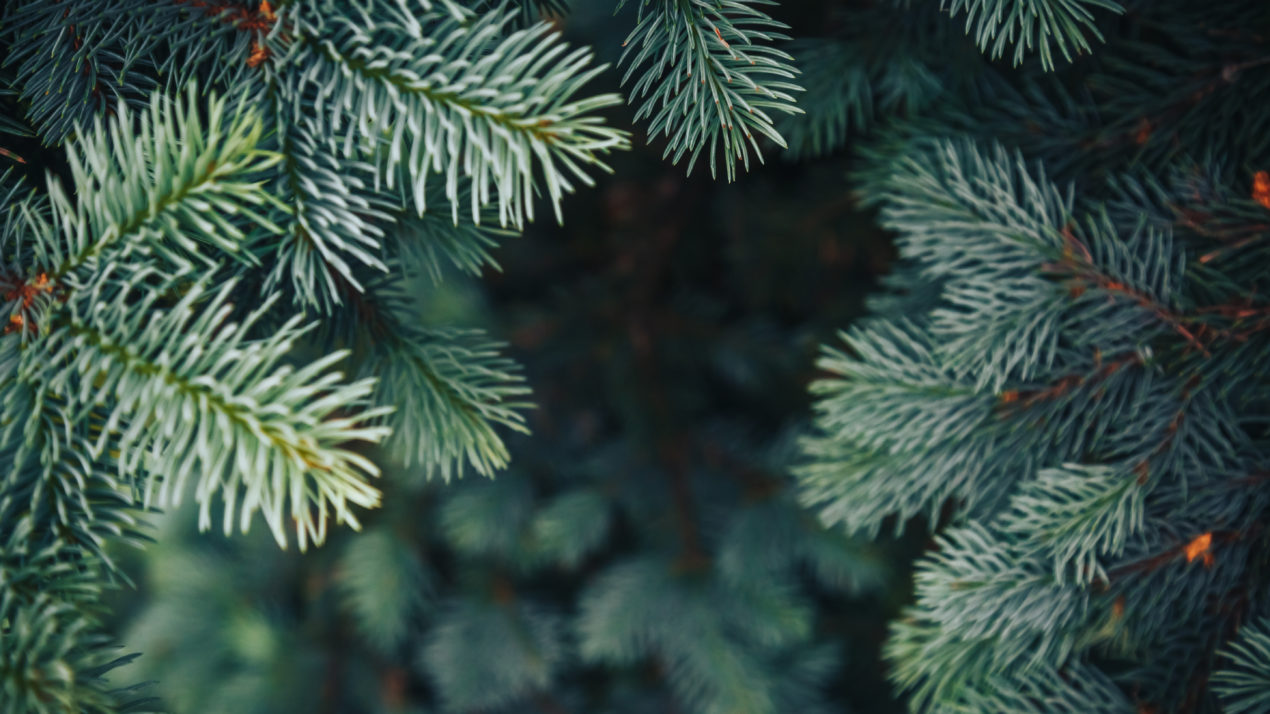
With the winter holidays approaching, the Wisconsin Department of Agriculture, Trade and Consumer Protection (DATCP) is reminding consumers to check their holiday evergreen decorations for possible invasive plant pests before buying them. While many species are not established in Wisconsin’s landscape, in prior years DATCP has detected invasive insects on products from other states. Last year, for example, an invasive pest called elongate hemlock scale (EHS) was found on Fraser and balsam fir wreaths, trees, baskets, and boughs from eastern states. EHS is a threat to Wisconsin’s Christmas trees, native hemlock and balsam fir forests, and decorative evergreens.
“One simple way to avoid EHS is to make sure your fir tree or wreath was grown in Wisconsin, since this pest has never been found on the landscape in our state,” said Brian Kuhn, Director of DATCP’s Bureau of Plant Industry. “EHS can survive on cut trees and wreaths for weeks, even in harsh winter weather. You can help protect Wisconsin’s natural resources and Christmas tree industry by checking trees and wreaths for this pest, or by purchasing items grown in states without EHS, like Wisconsin or other states further to the west.”
You can identify EHS by looking for yellow or brown needles and small brown, oblong spots on the underside of the needles. If you suspect EHS on fir wreaths or Christmas trees, please report it to DATCP’s pest hotline at (866) 440-7523 and if possible, email a clear, close-up picture to [email protected].
To learn more about EHS, visit https://datcp.wi.gov/Pages/Programs_Services/EHS.aspx.
Wisconsin is home to more than 850 Christmas tree farms that sell trees, garlands, and bows. A list of cut-your-own tree farms and retail lots is available from the Wisconsin Christmas Tree Producers Association at https://www.christmastrees-wi.org/.
About the Bureau of Plant Industry
DATCP’s Bureau of Plant Industry licenses about 2,000 nurseries and Christmas tree farms annually. The bureau works to control serious plant pests, diseases, and exotic species that threaten Wisconsin’s crops, forests, and plant communities.

